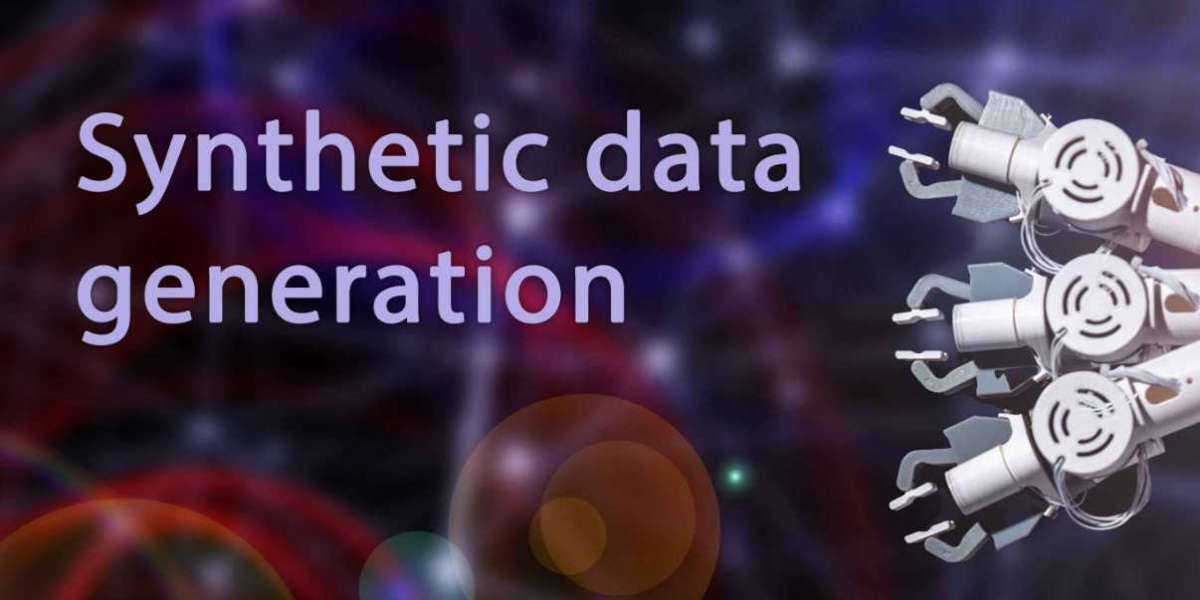In the realm of machine learning and artificial intelligence, data is the driving force behind the success of any model. However, obtaining and managing high-quality data can be a significant challenge. This is where synthetic data generation comes into play. In this article, we delve into the world of synthetic data, exploring its benefits, applications, and how it can enhance machine learning models.
Understanding Synthetic Data Generation
Synthetic data refers to artificially generated data that imitates the characteristics and distribution of real data. This data is created using algorithms and statistical models rather than being collected from actual observations. The primary objective of synthetic data generation is to create data that closely resembles real data while maintaining privacy and security.
The Benefits of Synthetic Data Generation
1. Data Augmentation
One of the most significant advantages of synthetic data generation is data augmentation. By creating additional data points, synthetic data helps in expanding the dataset, thus improving the performance and generalization of machine learning models. With more data points, models can better capture the underlying patterns in the data.
2. Privacy Preservation
In many cases, real data may contain sensitive or confidential information. Synthetic data generation allows organizations to create data that retains the statistical properties of the original data without exposing any sensitive information. This ensures privacy and confidentiality while still allowing for analysis and model training.
3. Cost-Effectiveness
Acquiring real data can be expensive and time-consuming. By generating synthetic data, organizations can significantly reduce the cost and time associated with data collection. This makes synthetic data generation a cost-effective solution, especially for organizations with limited data resources.
4. Improved Model Performance
Synthetic data can help address data scarcity issues, especially in niche domains where data collection is challenging. By providing additional data points, synthetic data enables machine learning models to learn more effectively, leading to improved performance and accuracy.
Applications of Synthetic Data Generation
1. Image Recognition
In the field of computer vision, synthetic data generation is widely used to train image recognition models. By generating synthetic images with variations in lighting, angles, and backgrounds, machine learning models can become more robust and accurate in object detection and classification tasks.
2. Natural Language Processing (NLP)
Synthetic data is also valuable in training natural language processing models. By generating synthetic text data, NLP models can be trained to understand and generate human-like language more effectively. This is particularly useful in tasks such as text generation, sentiment analysis, and language translation.
3. Healthcare
In the healthcare industry, synthetic data generation is revolutionizing medical imaging and patient data analysis. By generating synthetic medical images and patient records, machine learning models can be trained to assist in disease diagnosis, treatment planning, and medical research without compromising patient privacy.
4. Autonomous Vehicles
For autonomous vehicles, synthetic data is indispensable in training and testing machine learning algorithms. By generating synthetic driving scenarios and environmental conditions, autonomous vehicle systems can be trained to navigate real-world situations safely and effectively.
Challenges and Considerations
While synthetic data generation offers numerous benefits, there are also challenges and considerations to keep in mind:
1. Data Quality
The effectiveness of synthetic data depends on its ability to accurately mimic real data. Ensuring high data quality and fidelity is essential to the success of synthetic data generation.
2. Bias and Generalization
It is crucial to address any bias introduced during the synthetic data generation process. Synthetic data should accurately represent the diversity and distribution of the original data to prevent bias and ensure model generalization.
3. Algorithm Selection
Choosing the right algorithms and statistical models for synthetic data generation is critical. Different data generation techniques may be more suitable for specific applications and datasets.
Conclusion
Synthetic data generation is a powerful tool for enhancing machine learning models across various domains. By providing additional data points, preserving privacy, and improving model performance, synthetic data opens up new possibilities for innovation and discovery. As machine learning continues to evolve, synthetic data generation will play an increasingly important role in training and testing AI systems.








